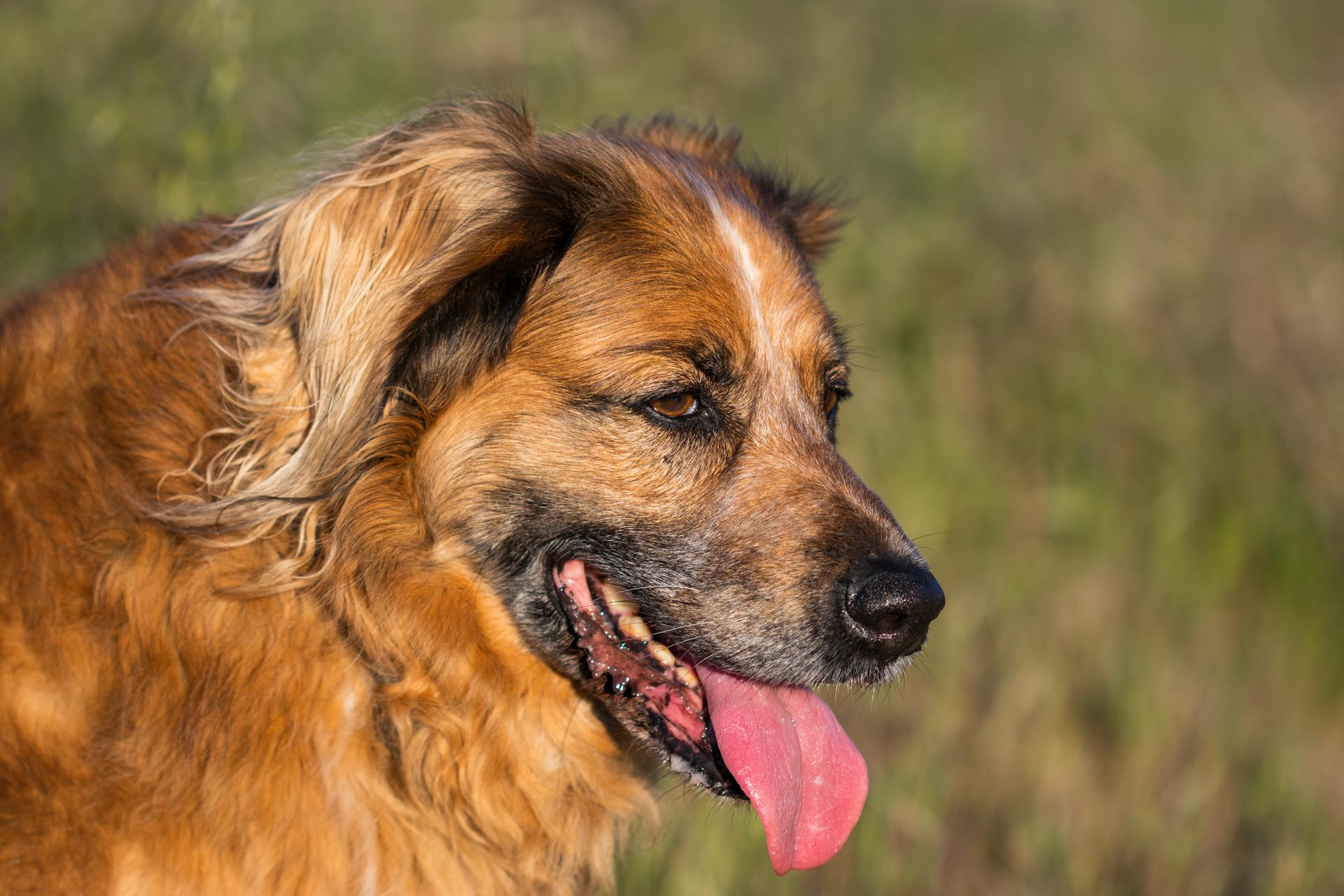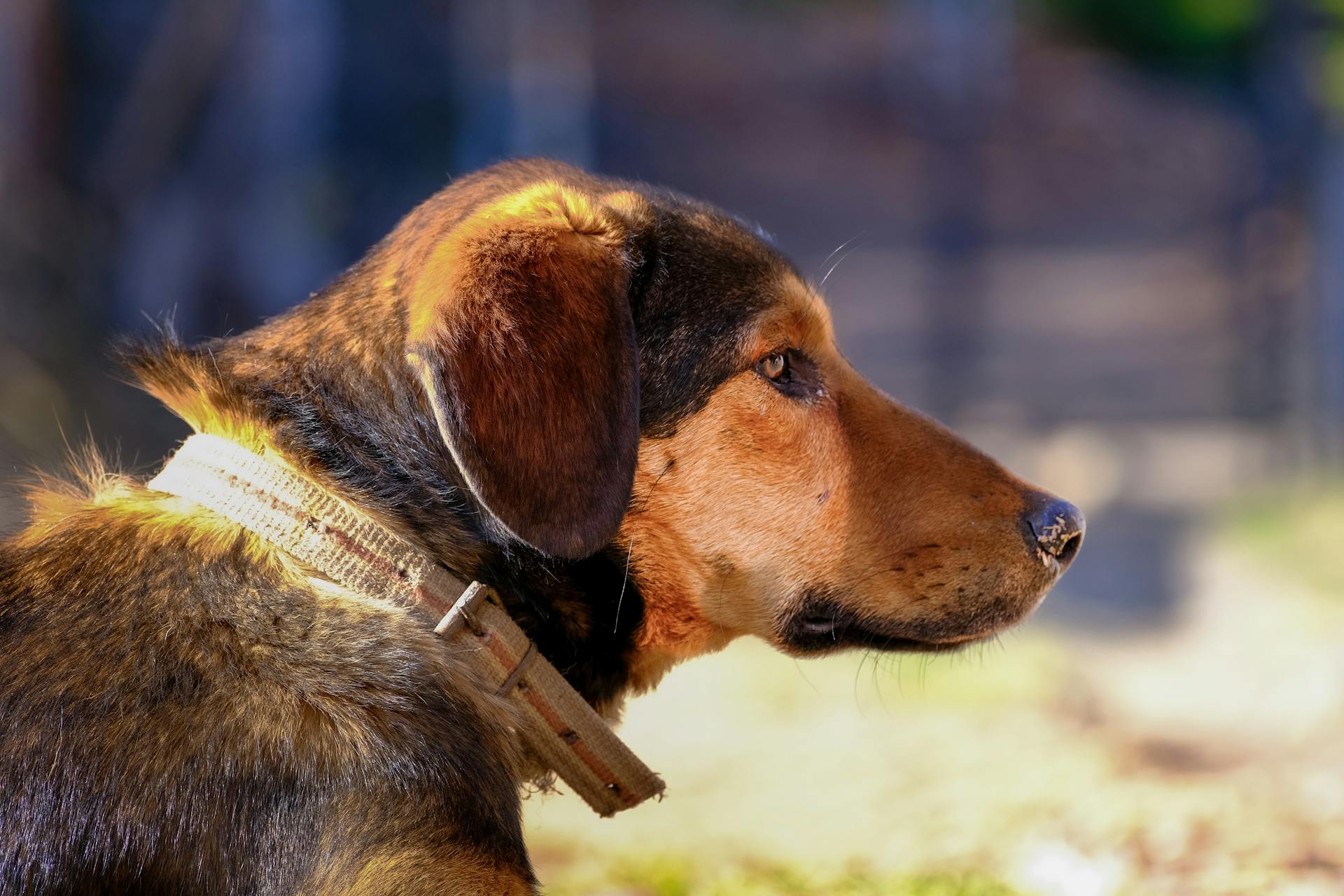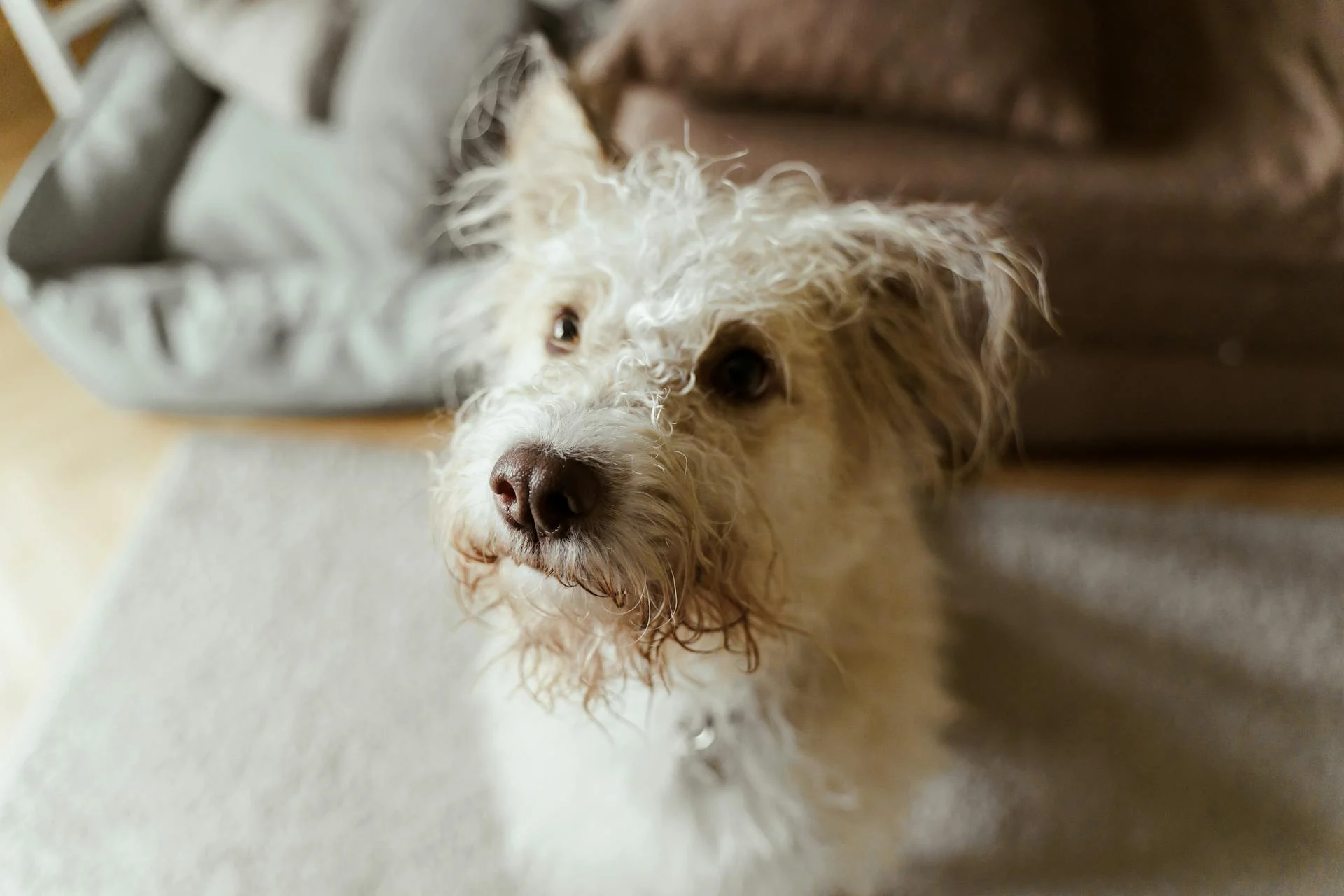
Welcoming an Afghan Hound into your family can be a truly rewarding experience, but it's essential to consider their unique needs and characteristics.
Afghan Hounds are prone to certain health issues, such as hip dysplasia and eye problems, which can be costly and time-consuming to address.
Regular exercise is crucial for Afghan Hounds, who need at least 30 minutes of daily physical activity to stay happy and healthy.
Their thick coats require regular grooming to prevent matting and tangling, which can be a significant time commitment for owners.
Afghan Hounds are natural athletes and love to run and play, making them a great fit for active families or individuals who enjoy outdoor activities.
A balanced diet that includes high-quality protein sources, such as chicken or fish, is essential for maintaining their overall health and well-being.
Their independent nature can sometimes make them stubborn, so consistent training and positive reinforcement are key to developing good behavior.
You might like: When Is the Best Time to Breed Your Dog
Characteristics and Traits
The Afghan Hound is a breed that's full of contradictions, with a strong will and independent streak that can make them a bit challenging to handle. They're also extremely self-confident, which can be a great thing, but can also lead to a bit of a stubborn attitude.
One thing you can expect from an Afghan Hound is a medium level of affection - they love their people, but they're not clingy. They're also medium friendly, which means they get along with strangers, but might not always be the first to approach.
If you have kids, an Afghan Hound can be a great addition to your family, but they're not ideal for very young children due to their independent nature. They're also medium kid-friendly, which means they'll tolerate kids, but might not always be patient with them.
In terms of exercise needs, Afghan Hounds require a lot of physical activity to stay happy and healthy. They need daily runs, walks, and playtime to burn off energy. With that said, they're not high-energy dogs, but rather medium-energy dogs that need regular exercise to stay satisfied.
Recommended read: Is an Irish Wolfhound Bigger than a Great Dane
If you're looking for a dog that's low maintenance, an Afghan Hound might not be the best fit. They have a medium level of trainability, which means they can be stubborn at times, and require consistent, patient training.
Here are some key characteristics of the Afghan Hound breed:
History and Origins
The Afghan Hound is an ancient breed that predates written history, with some believing they're the oldest purebred dogs. Their origins can be traced back to remote areas of Afghanistan, Pakistan, and northern India.
They were likely first bred thousands of years ago, with their excellent vision and explosive speed making them perfect hunting companions. Afghan Hounds were used to hunt a variety of prey, including rabbits, foxes, gazelles, and even snow leopards.
Their warm thick coats allowed them to endure the biting cold of mountain terrains, and their muscular limbs enabled them to run long distances at high speeds. This unique combination of traits made them a valuable asset to nomadic tribes.
The Afghan Hound was often used for coursing, a form of hunting where the dog would chase the quarry with the aid of a falcon. These dogs were incredibly agile and had incredible leaping ability, which made them well-suited for this type of hunting.
The breed was first introduced to England in the early 1900s, where they were known as Persian Greyhounds or Barukhzy Hounds. It wasn't until the 1920s that the breed began to gain popularity, with British military officers bringing them back to the West.
Today, the Afghan Hound is a beloved breed around the world, known for its elegance and athleticism. Despite their long history, Afghan Hounds are still used for hunting and other dog sports, where their unique combination of speed, agility, and endurance make them a valuable asset.
Care and Maintenance
Afghan hounds require daily exercise to stay happy and healthy, so be prepared to take them on a long walk followed by a short sprint or even a chance to run full speed in a safe enclosed area.
They make great family members and need a soft bed to call their own. Afghan hounds are naturally thin and bony, so they need regular exercise to maintain their physique.
Their coat requires some commitment, especially when shedding the puppy coat, which can be quite a process. Most adult coats need brushing or combing every two to three days to prevent matting.
Weekly bathing helps prevent matting and keeps their coat looking its best.
Health and Wellbeing
Afghan Hounds are a breed prone to specific health problems, and it's essential to be aware of these potential issues to ensure your furry friend lives a long and healthy life. Hip dysplasia, a condition that affects the stability of the hip joint, is one of the common health problems that can cause lameness and painful arthritis.
As a responsible owner, you should be aware of the signs of hip dysplasia, such as difficulty walking or standing up, and consult a veterinarian if you notice any of these symptoms. Regular exercise and a balanced diet can help manage the condition, but it's crucial to work closely with a veterinarian to develop a treatment plan.
Afghan Hounds are also sensitive to anesthesia due to their low body fat percentage, making it essential to find a veterinarian familiar with sight hounds before booking any surgical procedures.
Discover more: Rhodesian Ridgeback Behavior Problems
Diet and Nutrition
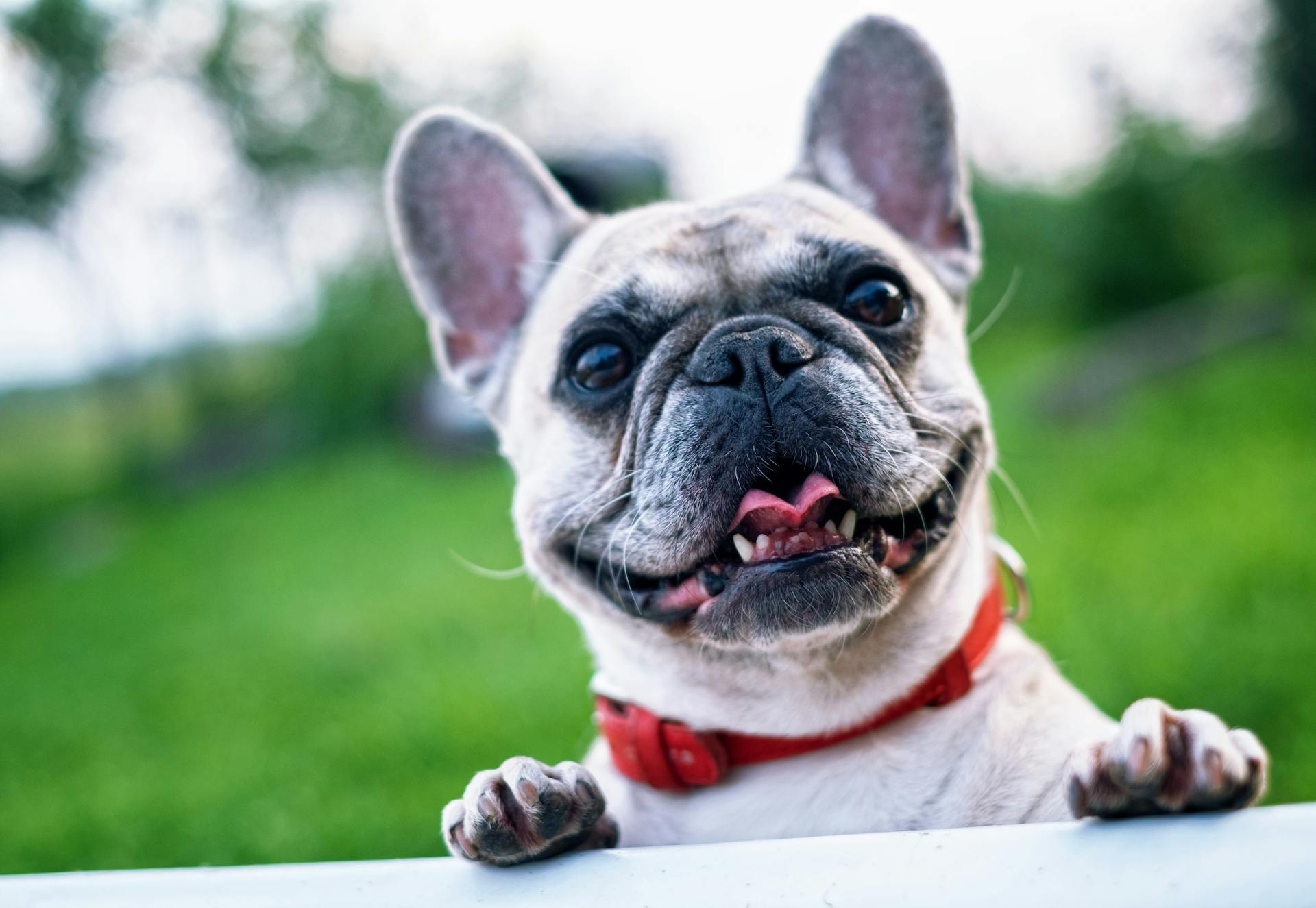
Diet and nutrition play a huge role in maintaining your Afghan hound's overall health and wellbeing. They do best on a high-quality, protein-heavy food.
Adult Afghans should eat about 2 to 2.5 cups of dry food a day, divided into two meals. This can be supplemented in part or entirely by wet food if needed.
Afghan puppies, seniors, and those experiencing injury or illness have different nutrition needs, so it's essential to get clear directions from a qualified vet.
Health
As an owner of an Afghan Hound, it's essential to be aware of the potential health issues that can affect your furry friend.
Hip dysplasia is a common problem in large breed dogs, including Afghan Hounds, and can cause lameness and painful arthritis.
Allergies are another issue that can affect Afghan Hounds, causing skin allergies that may lead to itching, and food allergies that can cause digestive issues.
Juvenile cataracts are a problem that can cause vision loss in young Afghan Hounds, and if left untreated, can lead to blindness.
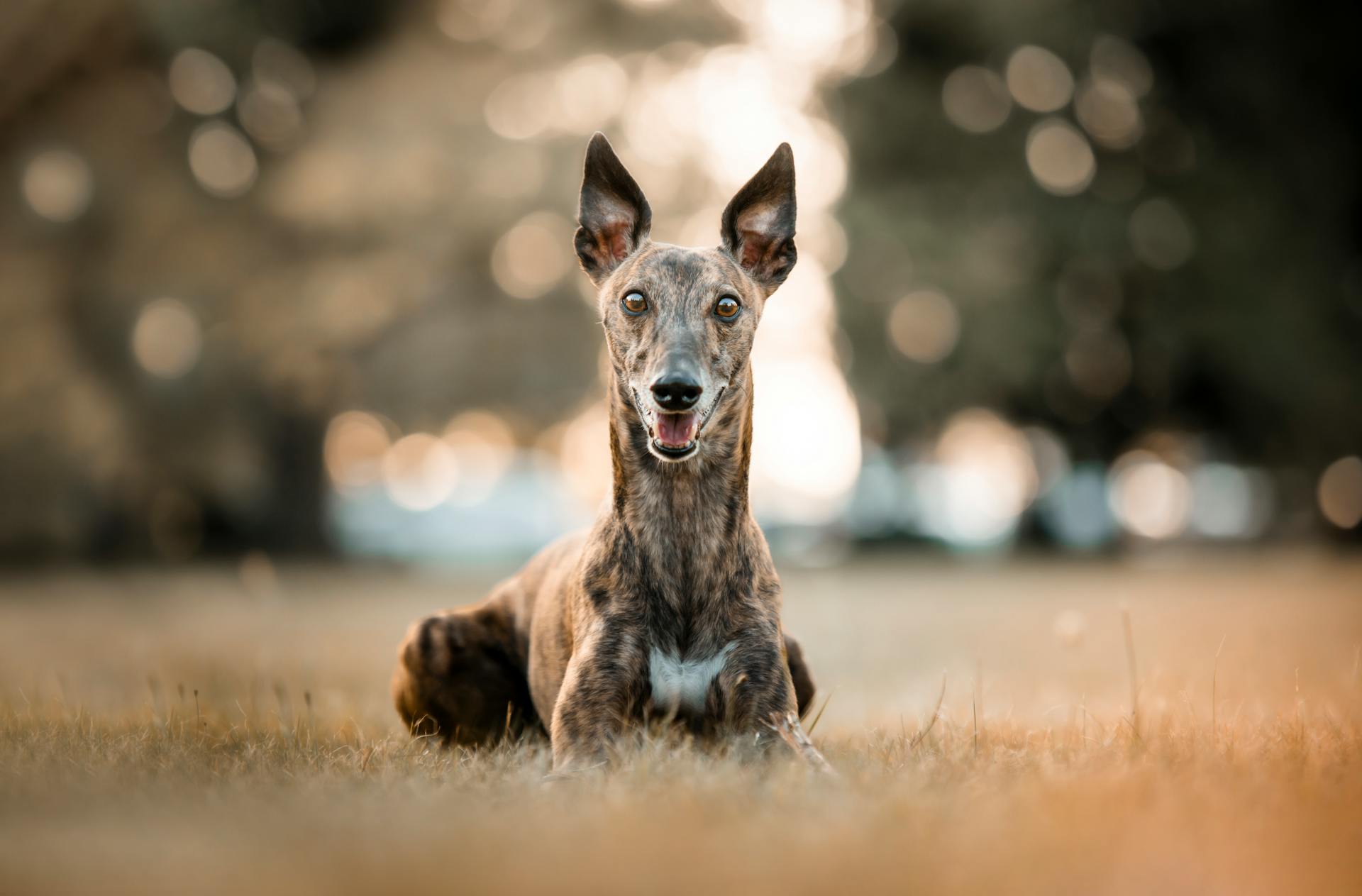
Hypothyroidism is a condition that affects the thyroid gland, causing symptoms such as weight gain, chronic ear infections, and hair loss.
Von Willebrand disease is a blood clotting disorder that can make it difficult to control bleeding in Afghan Hounds.
Demodectic mange is a skin disease caused by mites, leading to hair loss on the face or body.
Suggested Health Checks:
- Eye examination for juvenile cataracts
- Hip evaluation for hip dysplasia
- Thyroidism testing for hypothyroidism
Afghan Hounds have an average lifespan of 12-14 years, which is relatively long for a breed of this size.
It's also worth noting that Afghan Hounds are sensitive to barbiturate anesthesia, so it's essential to inform your veterinarian of this before any surgical procedures.
Tail injuries are another common issue in Afghan Hounds, so it's crucial to keep a close eye on your dog's tail, especially during playtime.
Expand your knowledge: German Shorthaired Pointer Tail Not Docked
Summer Safety for Pets
Summer safety for pets is crucial during the hot weather. Summertime is a time for fun and frolicking but it’s also fraught with danger for our pets.
As temperatures rise, pets can quickly become overheated and dehydrated. The heat can also exacerbate existing health conditions, such as heart disease and respiratory issues.
Hot pavement can burn your pet's paws, so it's essential to avoid walking them on hot surfaces. You can also use a pet-friendly surface or walk on grass to prevent this.
Summer safety tips for your pet include providing plenty of fresh water and shade. This can be as simple as setting up a shaded area in your backyard or taking your pet to a park with plenty of shade.
If your pet shows signs of heatstroke, such as panting, drooling, or collapse, seek veterinary attention immediately.
Sources
- https://www.akc.org/dog-breeds/afghan-hound/
- https://www.thesprucepets.com/afghan-hound-dog-breed-4178150
- https://www.petfinder.com/dogs-and-puppies/breeds/afghan-hound-dogs-puppies/
- https://www.thekennelclub.org.uk/search/breeds-a-to-z/breeds/hound/afghan-hound/
- https://post.bark.co/breeds/afghan-hound-breed-information-guide/
Featured Images: pexels.com
